Updated article, originally published on March 22, 2015.
Hyaluronic acid here, hyaluronic acid there… We hear a lot about this molecule. Integrated into scalp care, skin serums or moisturizers, it is also used in cosmetic surgery give volume to some parts of the body like lips.
A question begins to bother us all the same: what exactly is hyaluronic acid? How does it work and above all what are the contraindications related to its use? Let’s explore it all together.
Let’s talk about hyaluronic acid
Hyaluronic acid: what is it exactly?
Hyaluronic acid is a naturally occurring element in the human body. Just like elastin or collagen, it is thanks to him that the skin is plump and sensual.
Originally, “It acts as a cushioning and lubricating agent for our joints, nerves, hair, skin and eyes,” says Dr. Dendy Engelman a Byrdie.
Discovered in 1934 in the vitreous humor of the bull’s eye, it has the ability to do so holds up to 1000 times its weight in water. Incredible potential, which makes it particularly effective for fight skin dehydration problems. Its main quality? We often talk about it: maintaining hydration in the heart of the skin tissue.
However, from the age of 20, the production of hyaluronic acid 6% drop all decades according to the website of the French Association of Aesthetic and Anti-Aging Medicine. It is therefore important to counter this phenomenon by integrating topical treatments or dietary supplements into your routine if you wish which can fill this gap.
Because well-hydrated skin is skin that stays plump longerbut also and above all skin that defends itself well from daily external aggressions!
What is hyaluronic acid used for?
Its first use, which has long been found in cosmetic products, is anti age.
Lack of hydration is, in fact, one of the main responsible for skin aging. By attracting and capturing moisture on the skin, hyaluronic acid repairs the hydrolipidic barrier which constitutes a real protection against external attacks. When it is not dried, the epidermis marks less and therefore the fine dehydration wrinkles cannot settle.
However, as hyaluronic acid is already a molecule natural leatherhe can also be used as a moisturizing agent.
Another interesting property – hyaluronic acid it is neither bold nor occlusive. They penetrates very quickly into the heart of the skin and offers a good alternative, for oily, combination and dehydrated skin (yes, there is).
Do you have acne? This molecule is made for you too! Not to fight your blemishes but to be able to maintain a certain level of hydration without the risk of new pimples appearing. Because when the skin becomes dehydrated, it goes through a process produce excess sebum to fill its gaps. Result: you gain weight faster than your shadow.
How to use a hyaluronic acid-based cream for the face?
Facial treatments with hyaluronic acid
Hyaluronic acid is now present in many cosmetic products. Now you can find them in the form of lotions, serums, masks, creams, lip balms or even nude active ingredients to add to your routine for maximum effectiveness.
Serums with hyaluronic acid
The simplest use remains, in our opinion, serum: applied under the day cream by tapping lightly, it then provides a good dose of hydration. A tip: always keep it your skin slightly damp when you apply the serum, to retain moisture.
In addition, it is quite possible to use a serum with hyaluronic acid and then a day cream against pimples. One does not cancel the effects of the other.
Caution : hyaluronic acid, GLUE. No wonder, therefore, that this sensation remains for a few minutes after application. This doesn’t mean you can never wear makeup, or that your skin doesn’t want to absorb the product, but it simply is the natural consistency of this particularly viscous product.
Contraindications to the use of hyaluronic acid
Knowing that it is naturally present in the body, hyaluronic acid it has no particular contraindications. And for good reason: it is very well tolerated. Especially when used topically as a serum or cream.
Injections, on the other hand, may be somewhat less well tolerated in some patients, as cosmetologist Ginger King explains in Byrdie:
“There may be swelling. “
The latter however specifies that the swellings come in particular of the injection itself and not of the injected product. Good to know if you want to fill in dehydration lines in the mouth, for example, or in the nasolabial fold.
The best treatments with hyaluronic acid
Serums with hyaluronic acid
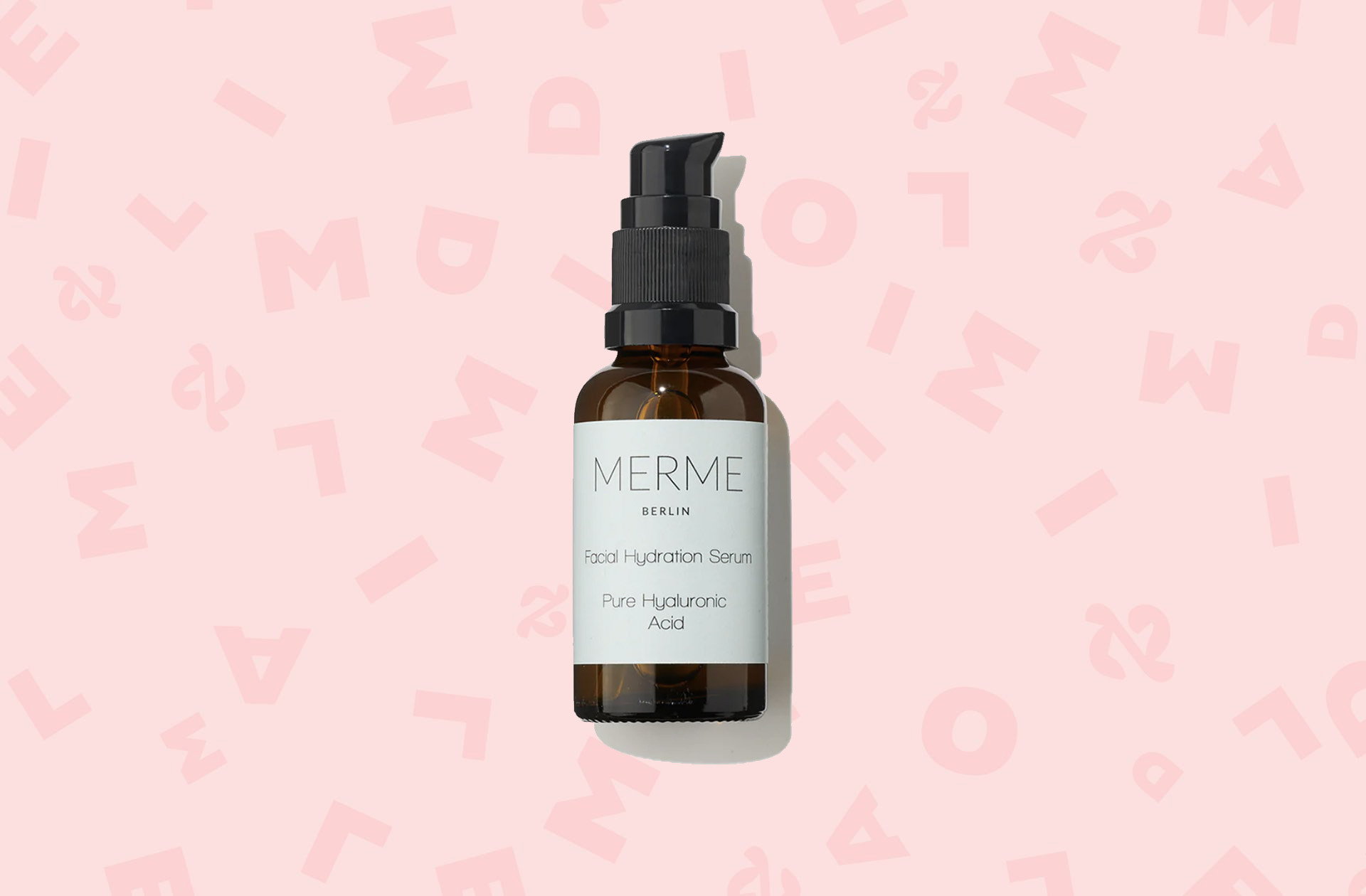
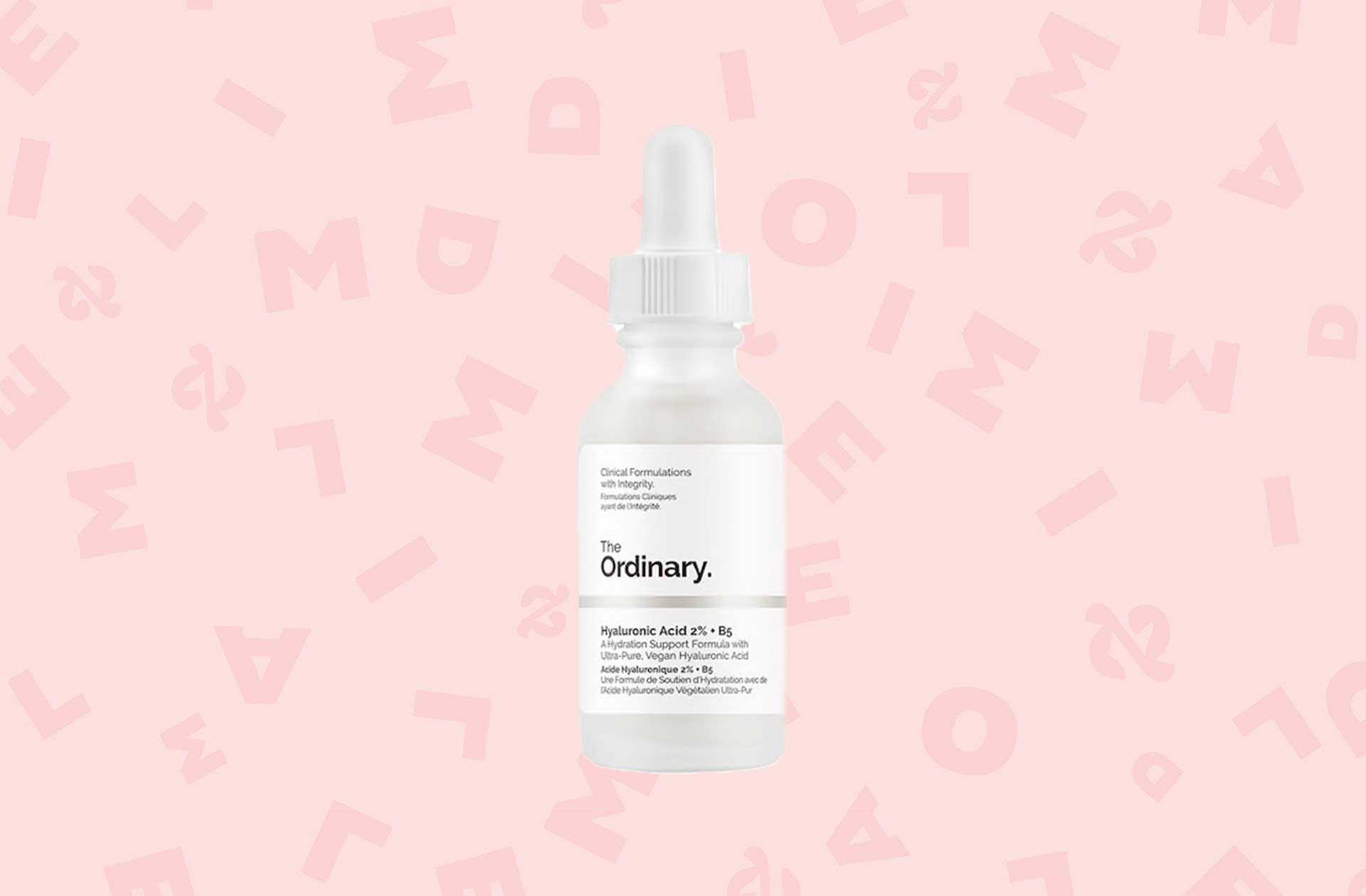
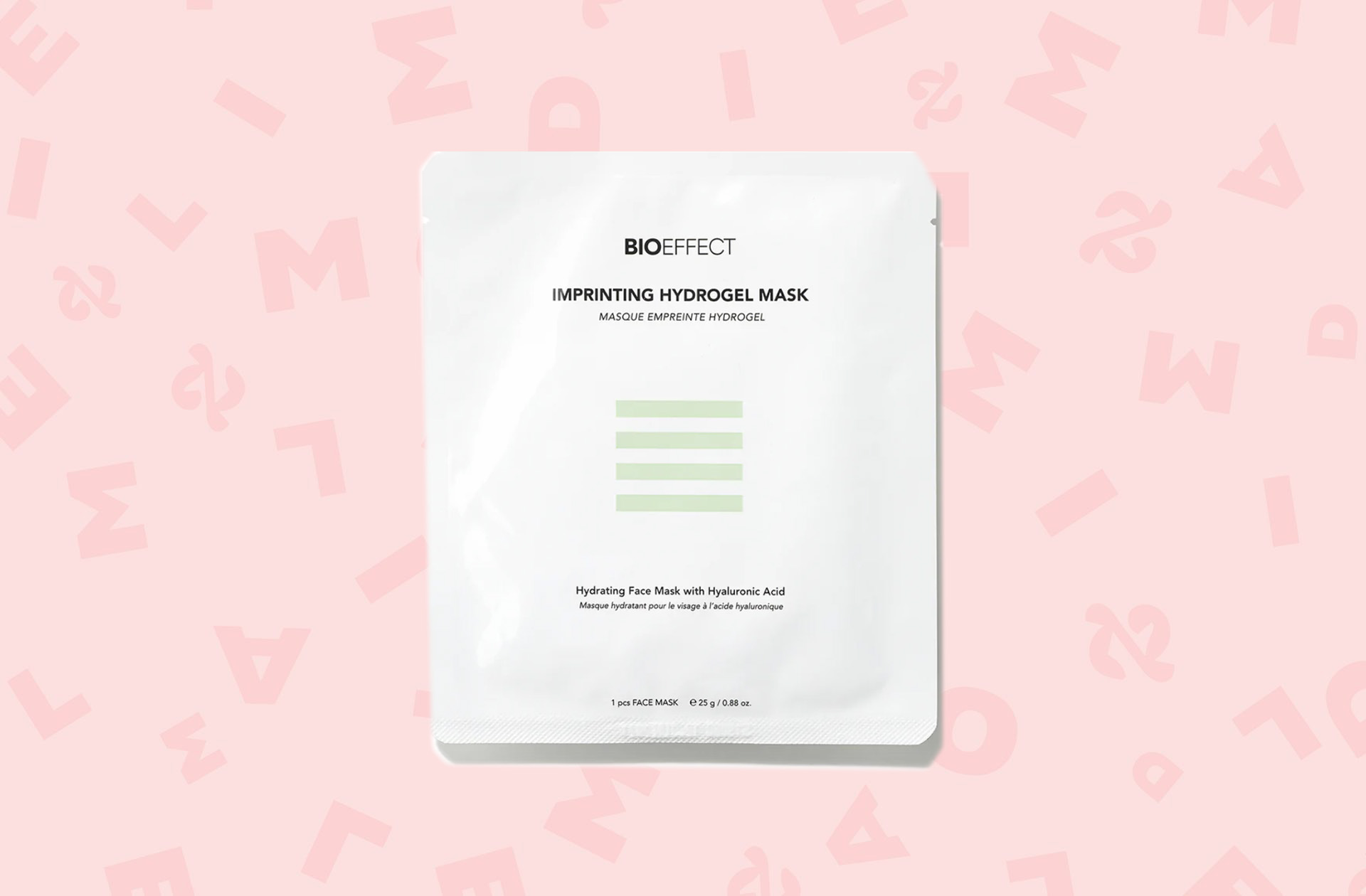
Moisturizers with hyaluronic acid
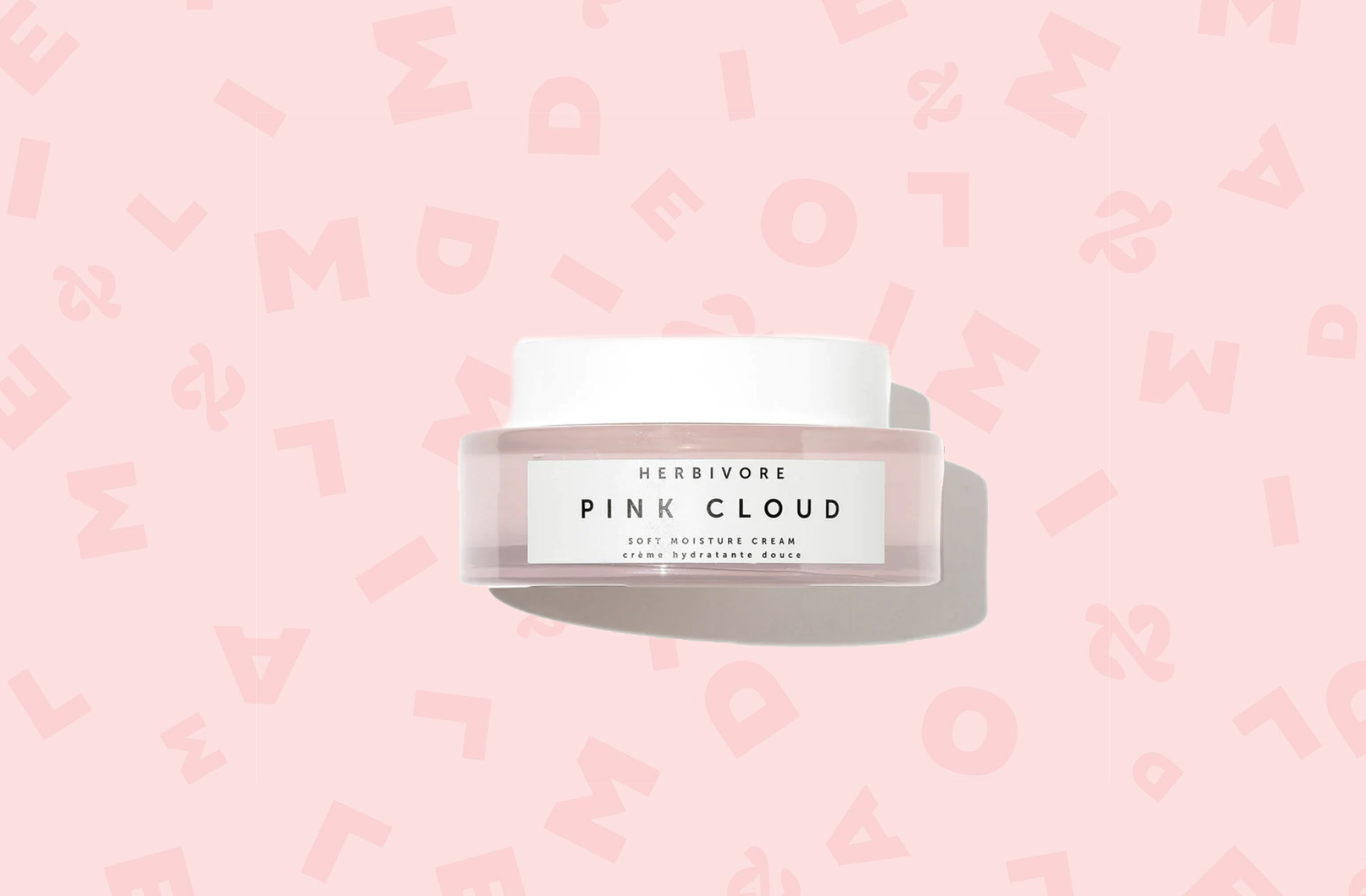
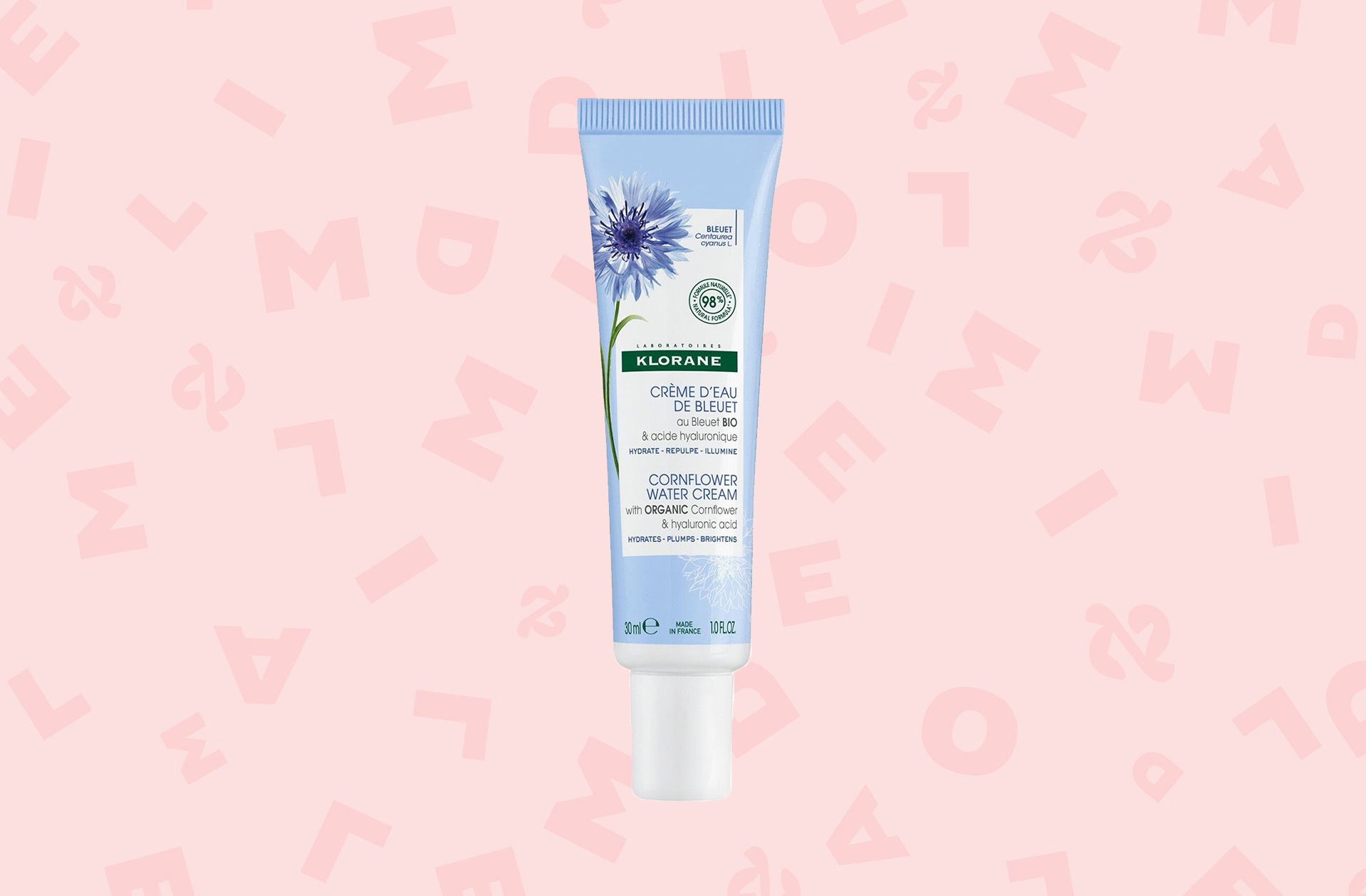
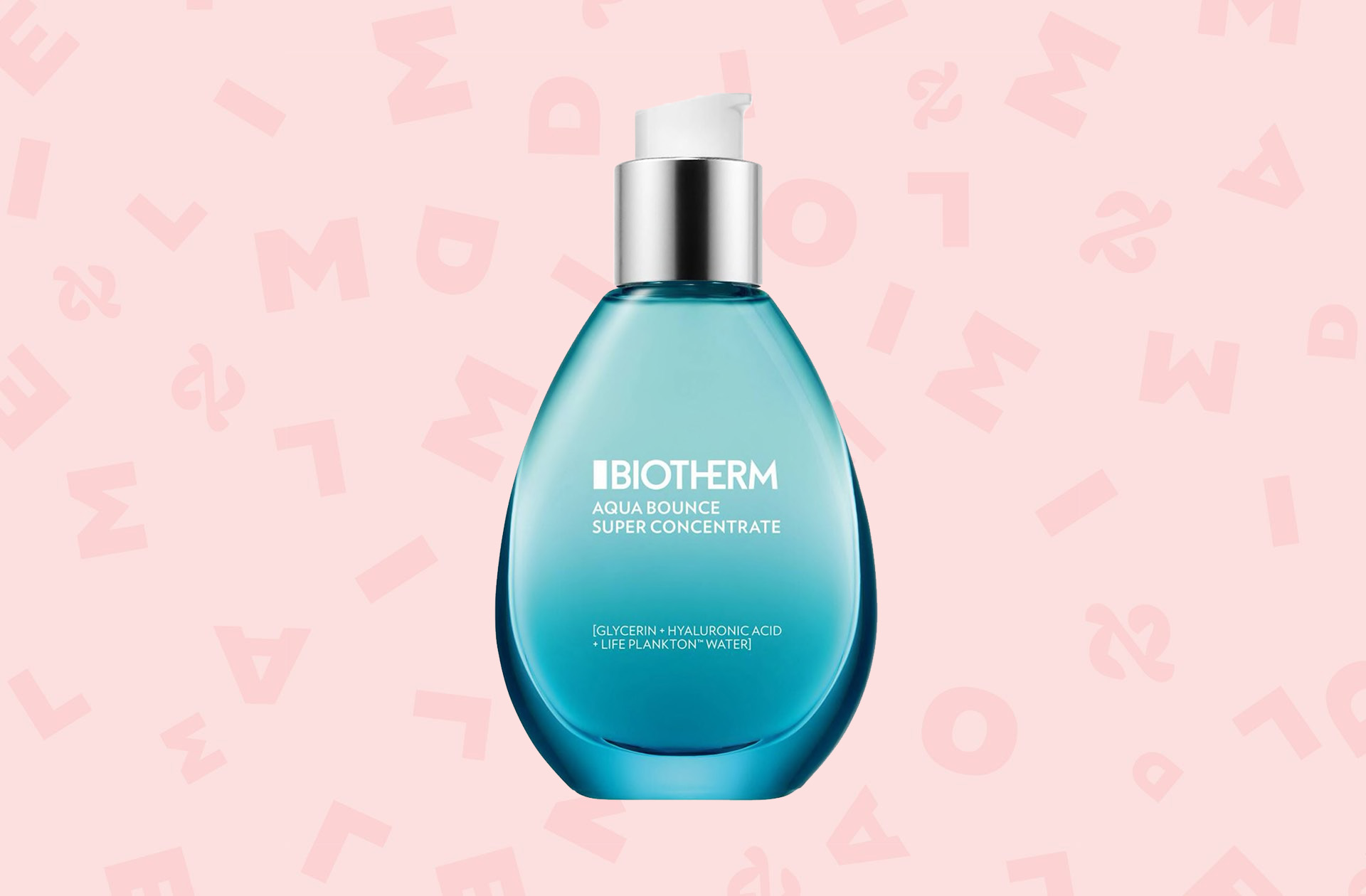
Lip care with hyaluronic acid
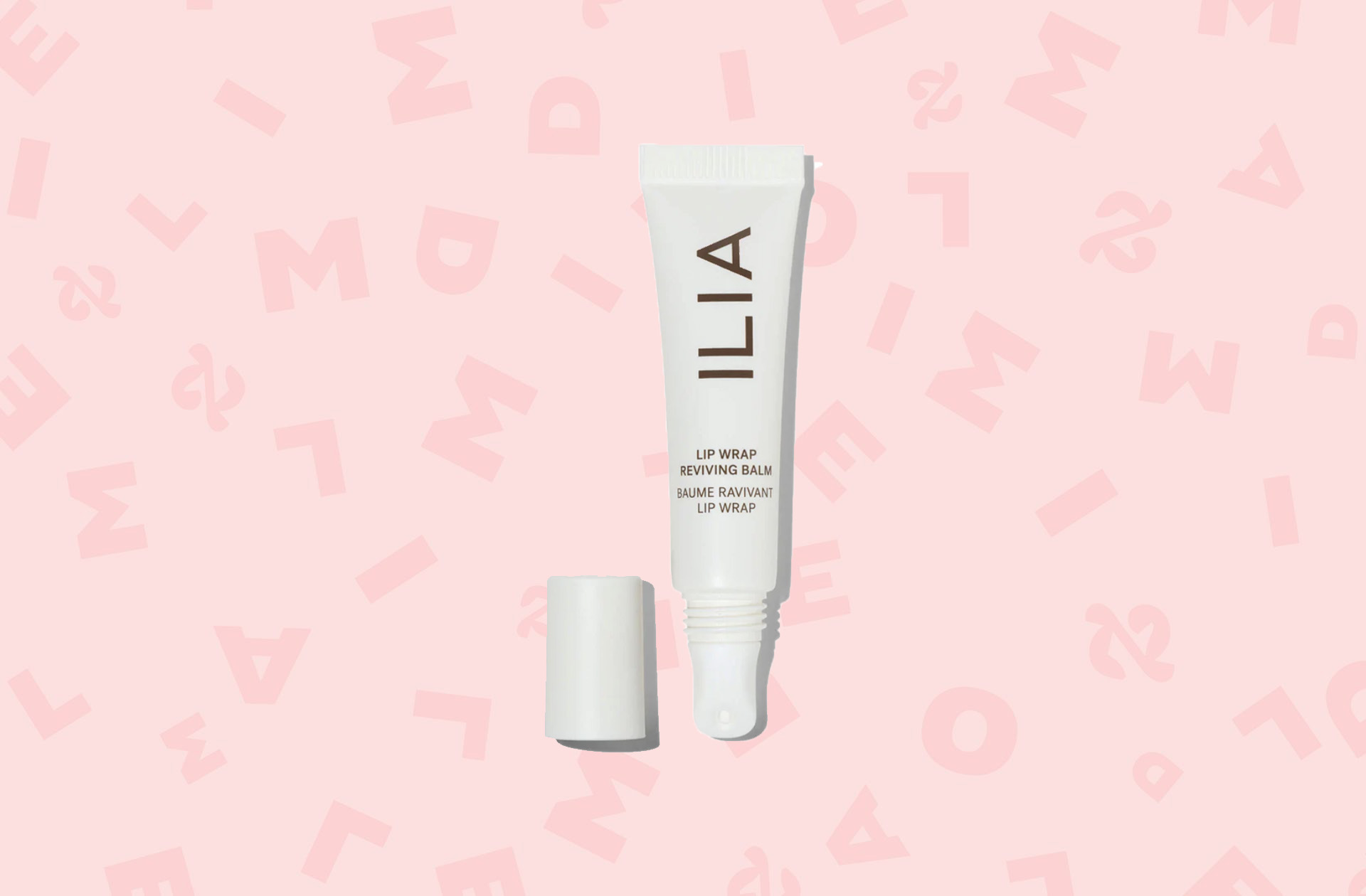
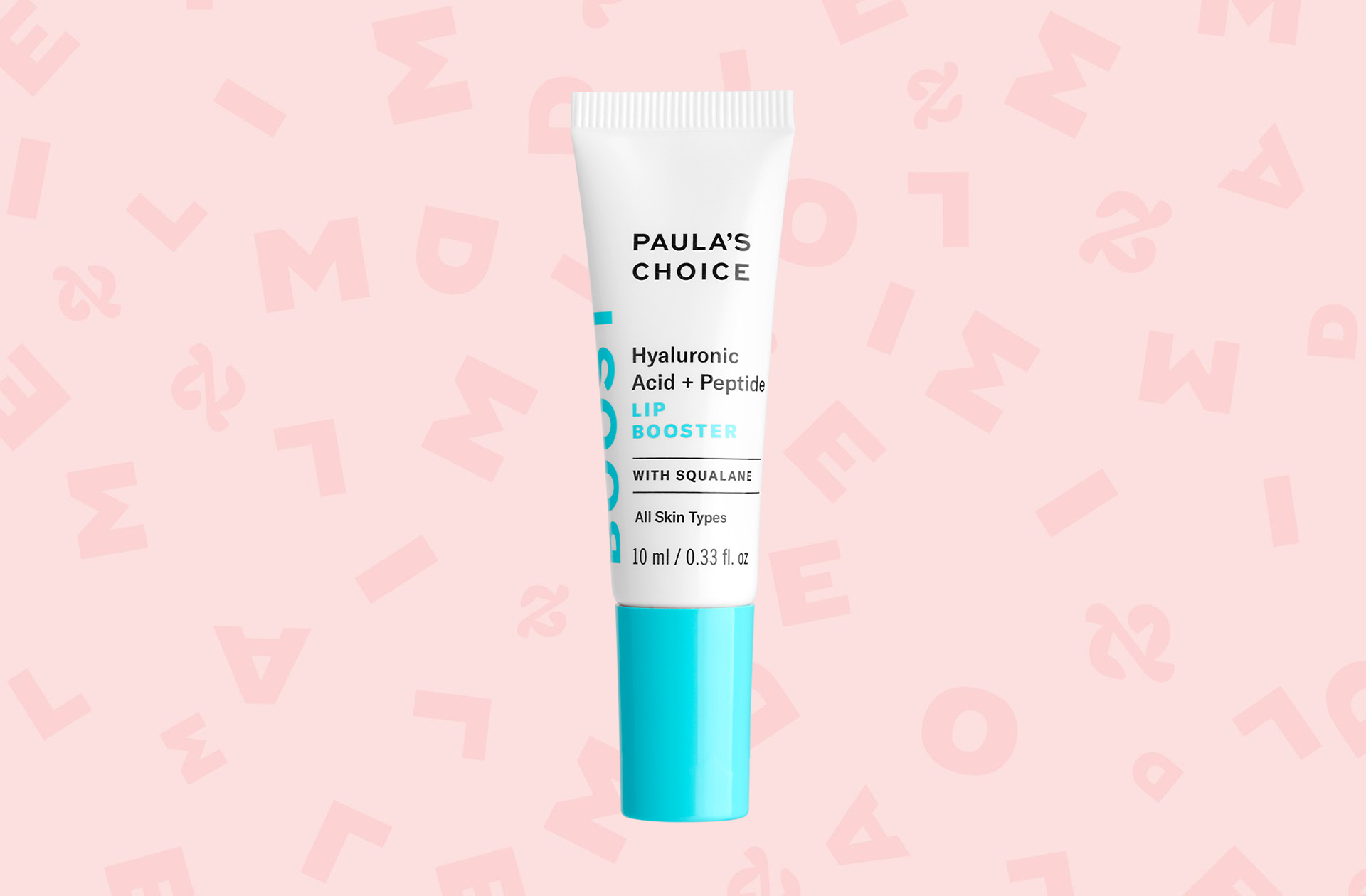
Cover image credits: Unsplash – @Kadarius Seegars.
Source: Madmoizelle
Ashley Root is an author and celebrity journalist who writes for The Fashion Vibes. With a keen eye for all things celebrity, Ashley is always up-to-date on the latest gossip and trends in the world of entertainment.




